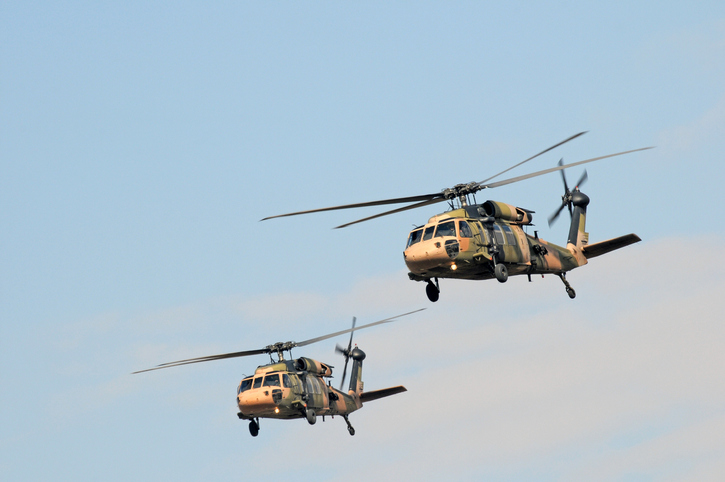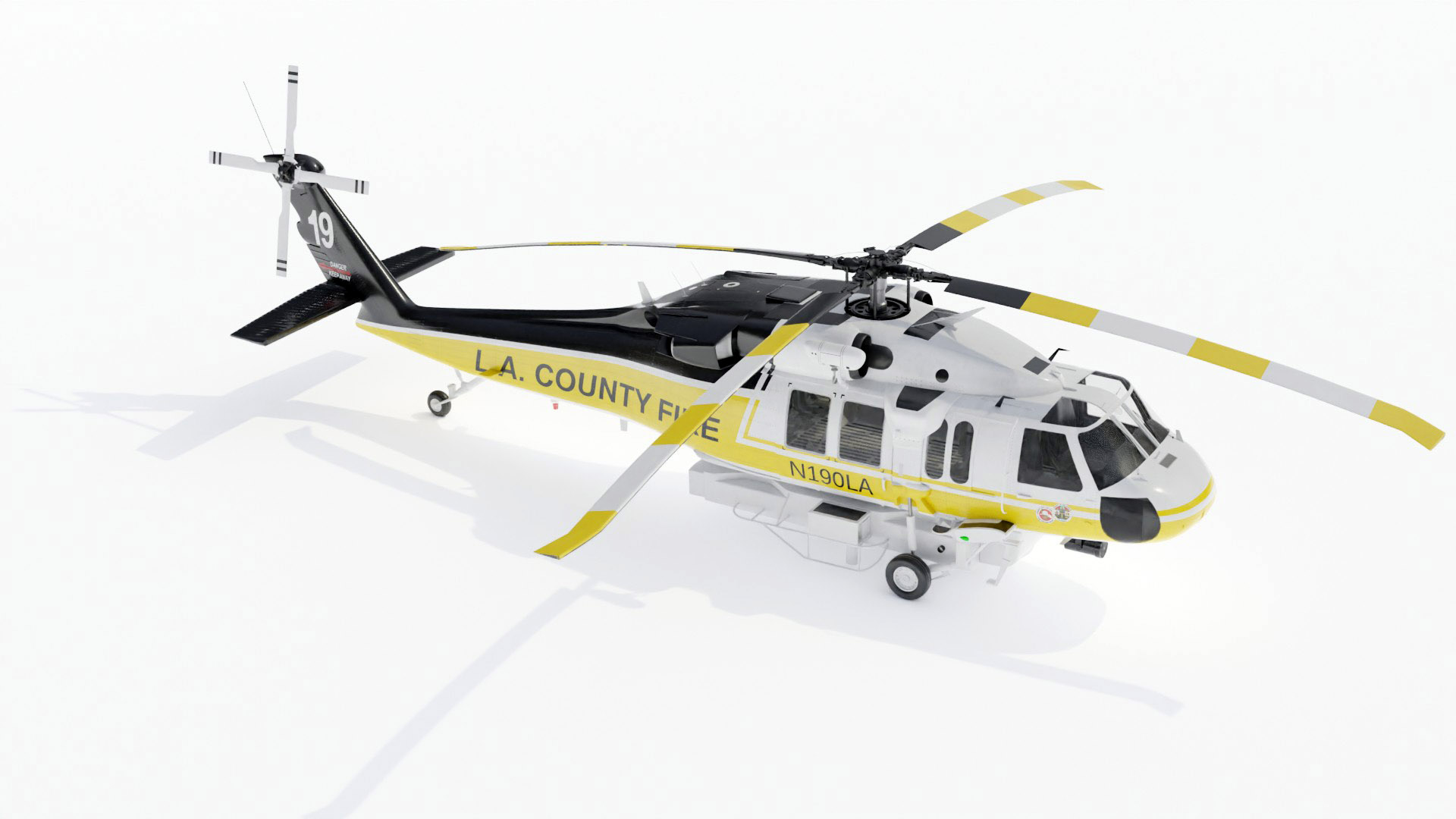Rotary-Wing Aircraft Offering Superior Resilience and Precision Design
In the world of aviation, rotary-wing aircraft have long been acknowledged for their special capacities in different operational settings. As we check out the elaborate equilibrium between development and integrity in rotary-wing aircraft, it comes to be apparent that the convergence of sophisticated technology and proven design concepts has established a new standard for efficiency and effectiveness in the aerospace industry.
Evolution of Rotary-Wing Modern Technology
Throughout the history of air travel, the development of rotary-wing modern technology has been a testament to consistent technology and development in aerial design. From the very early days of vertical flight with basic layouts to the sophisticated helicopters and various other rotary-wing airplane these days, the progress in this area has actually been amazing.
In the very early 1900s, pioneers like Igor Sikorsky and Juan de la Cierva made substantial strides in rotary-wing innovation. Sikorsky's VS-300 helicopter, very first flown in 1939, noted a turning point in the advancement of sensible rotary-wing airplane. This success led the way for more advancements in vertical flight capacities.

Today, rotary-wing airplane play essential functions in various markets, including armed forces operations, emergency situation clinical solutions, law enforcement, and industrial transport. The advancement of rotary-wing technology remains to press the limits of what is possible in vertical trip, guaranteeing that these aircraft continue to be indispensable possessions in the aviation sector.
Materials and Building Innovations
Demonstrating a blend of advanced materials and exact building and construction methods, rotary-wing aircraft have actually undertaken substantial advancements in resilience and performance. One of the vital developments in materials utilized for rotary-wing airplane is the enhancing utilization of composite materials.
Moreover, the combination of advanced coatings and surface treatments has played an important function in improving the resilience of rotary-wing aircraft. These layers give security against corrosion, abrasion, and severe climate condition, extending the life expectancy of the airplane and reducing maintenance needs.
In terms of construction technologies, additive production, additionally recognized as 3D printing, has transformed the manufacturing of complicated components for rotary-wing aircraft. This technology enables rapid prototyping and customization, leading to quicker growth cycles and decreased costs. Generally, the continual advancement of products and building techniques is driving the capabilities and efficiency of rotary-wing airplane to new elevations.
Precision Flight Control Equipment

The assimilation of GPS technology additionally enhances the accuracy and reliability of these systems, allowing for specific navigating, waypoint tracking, and automated trip control. sikorsky s 70. This degree of precision not only enhances the safety and security of rotary-wing operations but additionally improves total operational performance and mission effectiveness
In addition, the constant improvements in artificial intelligence and artificial intelligence have actually promoted the development of autonomous trip capabilities within Accuracy Flight Control Equipment. This allows rotary-wing aircraft to carry out complex objectives with unparalleled accuracy and consistency, making them crucial properties in a vast array of applications, consisting of army operations, search and rescue objectives, and airborne photography.
Durability in Testing Environments
Sought after functional settings, rotary-wing airplane show extraordinary durability and effectiveness, guaranteeing optimal efficiency under tough environmental problems. These airplanes are made to withstand a wide variety of environmental aspects, consisting of extreme temperatures, high winds, and harsh surface, making them well-suited for different missions in diverse landscapes.
One crucial aspect contributing to the longevity of rotary-wing aircraft is their rugged building. These aircraft are developed using high-grade products and advanced engineering methods to boost their architectural honesty and reliability. Additionally, elements such as rotor blades, engine systems, and landing equipment are diligently created to endure the stresses and pressures encountered during procedures in difficult atmospheres.
Additionally, rotary-wing aircraft are equipped with innovative onboard systems that monitor efficiency metrics in real-time, enabling positive maintenance and very early discovery of prospective issues - sikorsky s 70. This aggressive technique helps stop unexpected failures and makes sure the continued airworthiness of the aircraft sought after operational settings. On the whole, the longevity of rotary-wing aircraft in tough environments is a testimony to their remarkable engineering and layout, making them vital possessions for numerous mission-critical procedures
Maintenance and Dependability Requirements
The adherence to strict upkeep and integrity criteria is critical in making sure the optimum performance and safety of rotary-wing aircraft. Regular maintenance checks, carried out by licensed professionals, are vital to identify and resolve any kind of possible issues before they compromise the aircraft's performance. These checks include a detailed exam of all crucial elements, including the engine, rotor system, avionics, and hydraulic systems, to guarantee that they are in prime functioning condition.
In addition, adherence to scheduled maintenance intervals based on supplier guidelines is important for promoting the airplane's reliability. This positive technique aids protect against unexpected break downs and makes sure that the airplane continues to be airworthy for its desired goals. Additionally, the implementation of robust reliability requirements, such as routine element testing and replacement based on established lifecycles, additionally improves the airplane's have a peek at this site reliability.
Final Thought

In verdict, the innovations in rotary-wing airplane modern technology have actually caused remarkable longevity and accuracy design. With ingenious materials and building techniques, along with precision trip control systems, these airplane can run in difficult web link environments with increased integrity. The upkeep and dependability requirements guarantee that these rotary-wing aircraft remain to execute at their finest, making them vital possessions for various sectors.
Showing a combination of advanced products and exact building techniques, rotary-wing airplane have undergone substantial improvements in sturdiness and performance. One of the key innovations in products used for rotary-wing airplane is the boosting utilization of composite products.With precise attention to information and advanced technical integration, rotary-wing airplane have welcomed Precision Trip Control Solution as a keystone of their operational quality. In general, the longevity of rotary-wing airplane in challenging atmospheres is a testament to their remarkable design and style, making them indispensable possessions for various mission-critical operations.
In verdict, the developments in rotary-wing airplane technology have actually led to superior toughness and accuracy engineering.